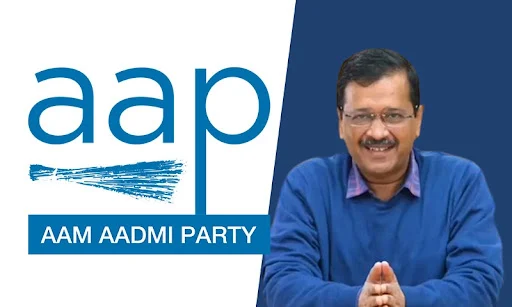On June 6, 2024, Prime Minister Narendra Modi embarked on his third term in office, marking a significant chapter in India's political landscape. Having already served two consecutive terms since 2014, Modi's re-election underscores the enduring appeal of his leadership and the Bharatiya Janata Party (BJP)'s vision for the nation. This milestone presents both opportunities and challenges as Modi navigates the complexities of a rapidly evolving global and domestic environment.
A Decade of Transformation
Modi's first two terms were characterized by sweeping reforms and bold initiatives aimed at transforming India's socio-economic fabric. His government launched ambitious programs such as "Make in India," "Digital India," and "Clean India" (Swachh Bharat Abhiyan). These initiatives aimed to boost manufacturing, enhance digital connectivity, and improve sanitation and hygiene, respectively. Additionally, significant infrastructure projects like the development of smart cities and the expansion of the national highway network were key highlights.
Economic reforms also took center stage, with the introduction of the Goods and Services Tax (GST) and the demonetization move in 2016, which aimed to curb black money and digitize the economy. Social policies like the Pradhan Mantri Jan Dhan Yojana, which aimed to increase financial inclusion, and the Pradhan Mantri Awas Yojana, focusing on affordable housing, further underscored his commitment to inclusive growth.
Continuing the Momentum
As Modi steps into his third term, the expectations are high. The new government faces the task of consolidating and building upon the successes of the past decade. Economic growth remains a priority, particularly in the wake of global economic uncertainties and the lingering effects of the COVID-19 pandemic. Job creation, especially for the youth, will be critical, as will addressing issues of income inequality and poverty alleviation.
The third term is also expected to focus heavily on technological advancements and digital transformation. With the world moving towards a more digitized future, India aims to position itself as a global leader in technology and innovation. Enhancing cybersecurity, expanding digital infrastructure, and fostering a robust startup ecosystem will be crucial components of this vision.
Foreign Policy and Strategic Interests
On the international front, Modi's foreign policy has been marked by active engagement and the pursuit of strategic partnerships. Strengthening ties with key allies such as the United States, Japan, and Australia, while maintaining a nuanced approach towards China and Pakistan, will continue to shape India's foreign policy agenda. Additionally, India's role in global forums like the United Nations, G20, and BRICS will be pivotal in advocating for issues like climate change, sustainable development, and international security.
Challenges Ahead
Despite the achievements, Modi's third term will not be without its challenges. The nation grapples with socio-political issues such as religious tensions, freedom of expression, and the protection of minority rights. Balancing economic development with environmental sustainability, addressing healthcare disparities, and ensuring quality education for all are critical areas requiring attention.
Moreover, Modi's government will need to navigate the complexities of federalism in a diverse country like India, where regional aspirations and state-centre relations play a significant role in governance. Ensuring cooperative federalism and fostering unity while respecting diversity will be essential for holistic development.
Conclusion
Prime Minister Narendra Modi's third term represents a pivotal moment for India. With a decade of transformative leadership behind him, Modi's re-election offers an opportunity to further the nation's progress and address emerging challenges. As India stands on the cusp of a new era, the world watches closely to see how Modi's government will shape the future of one of the most populous and dynamic countries in the world. The journey ahead promises to be as eventful and transformative as the path that led here, with the potential to leave a lasting legacy on India's development trajectory.




































